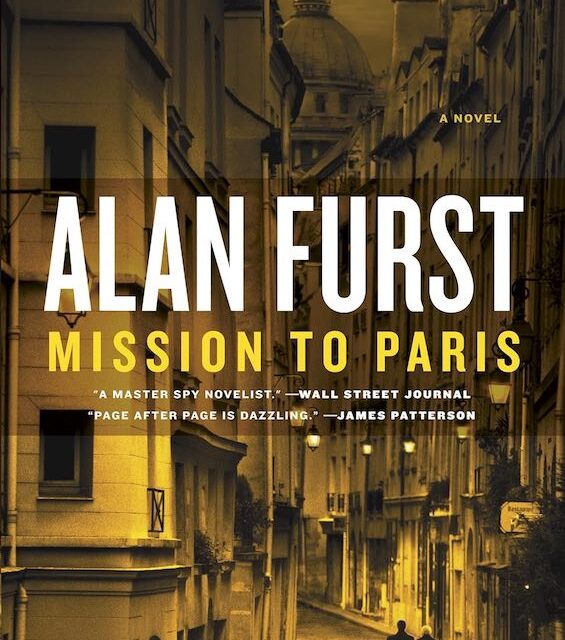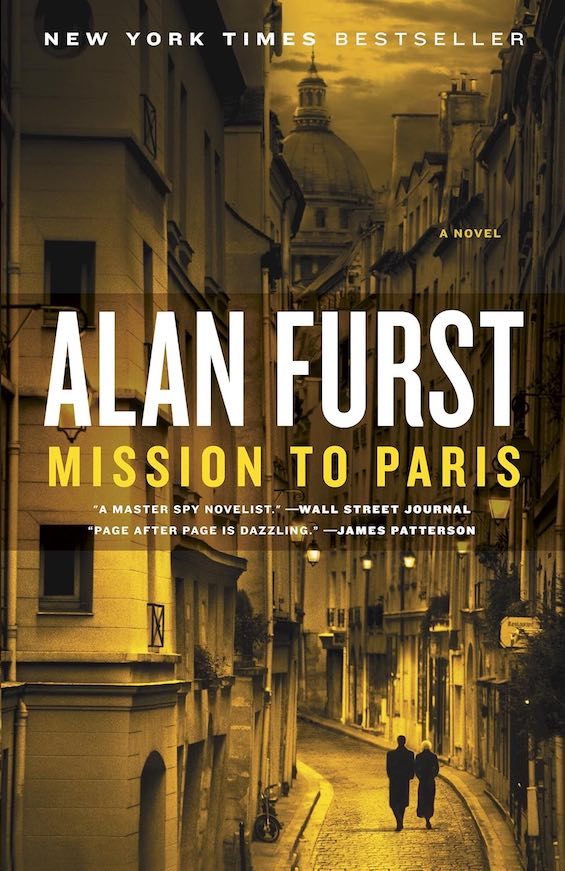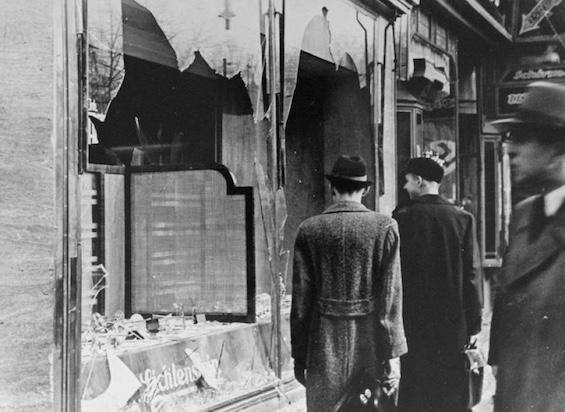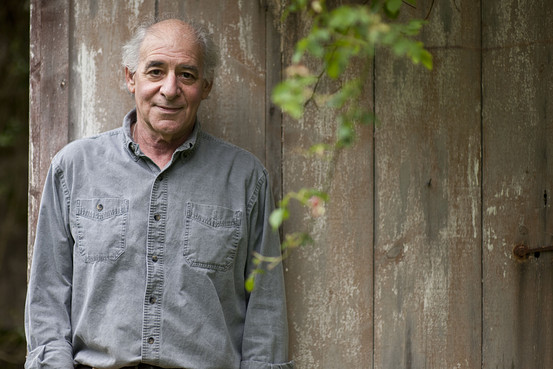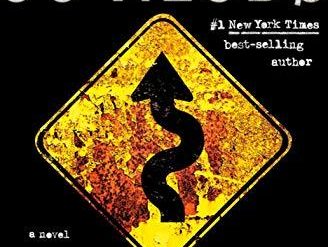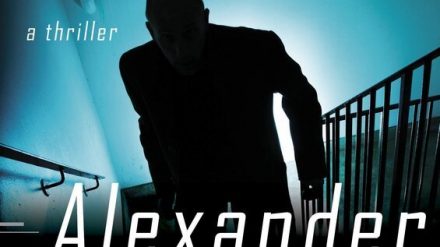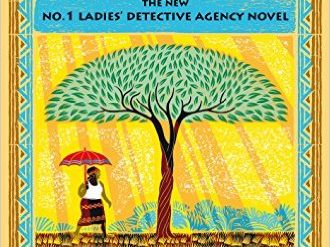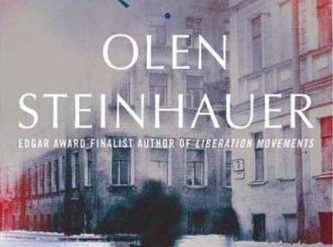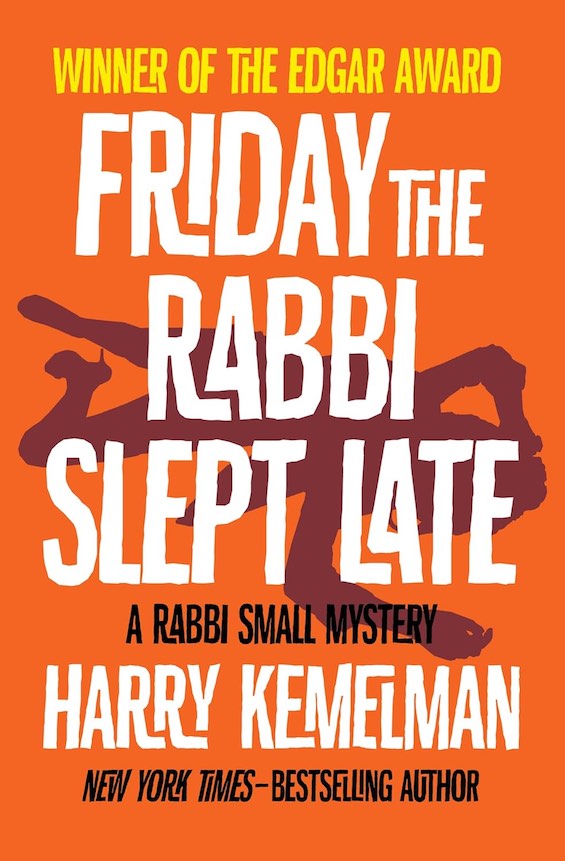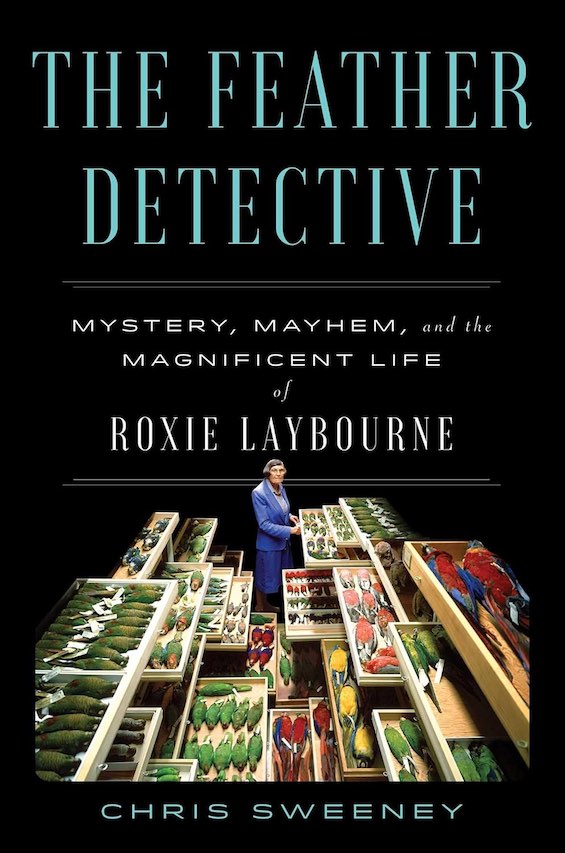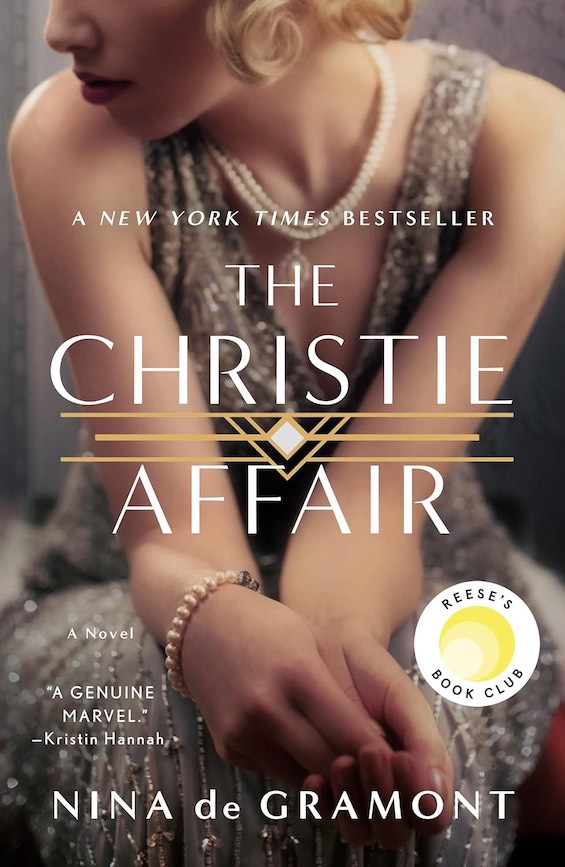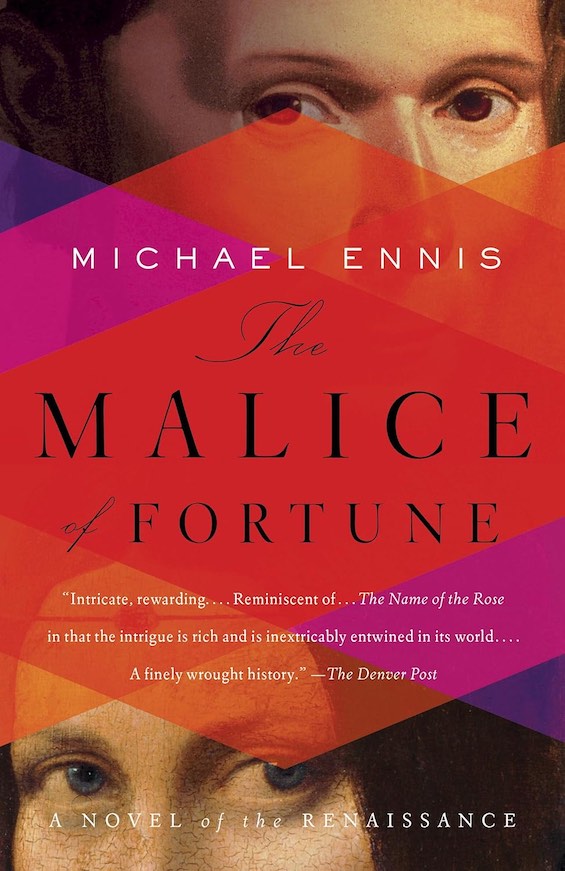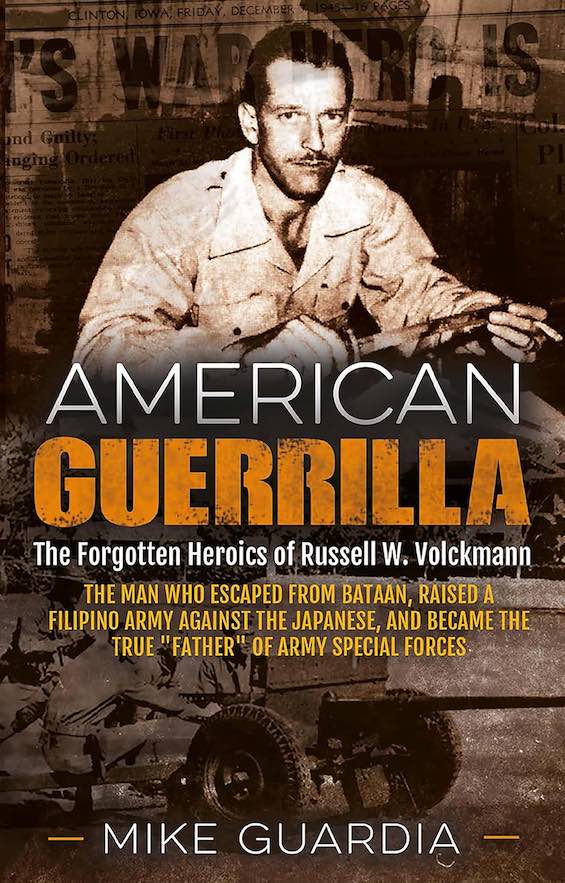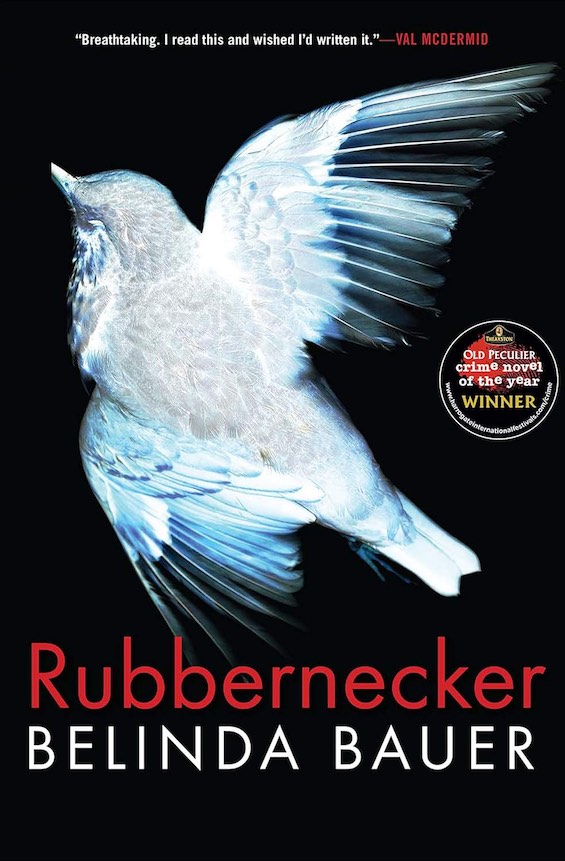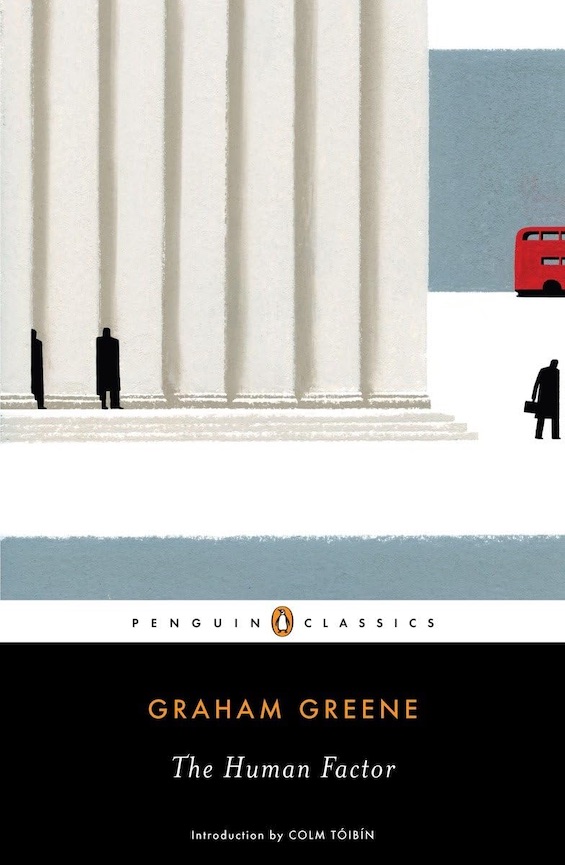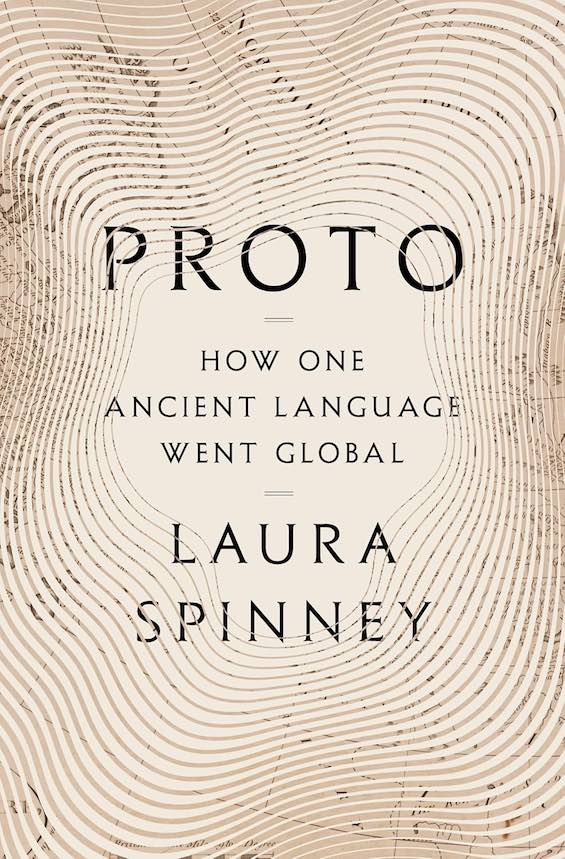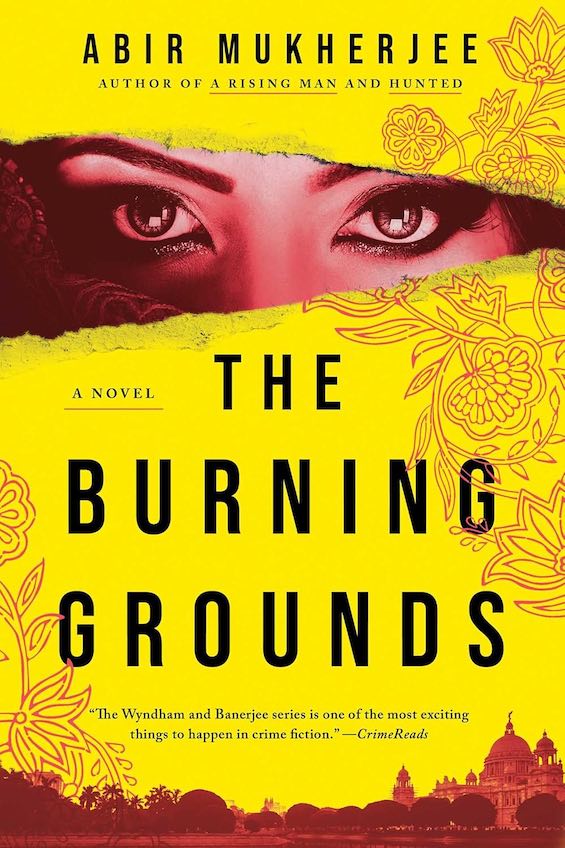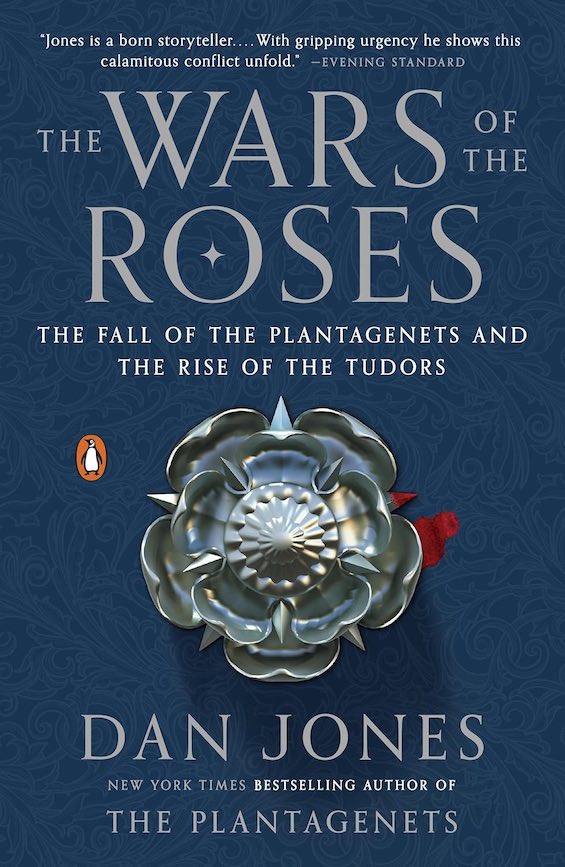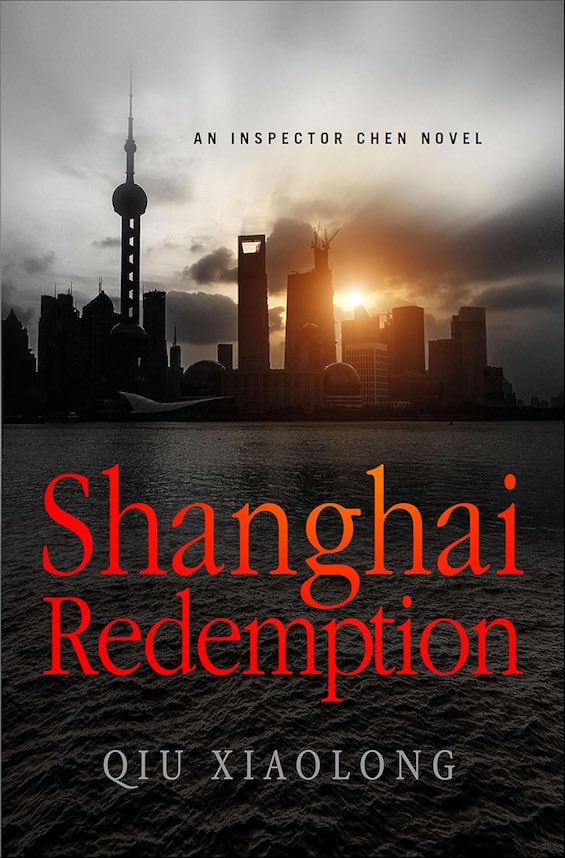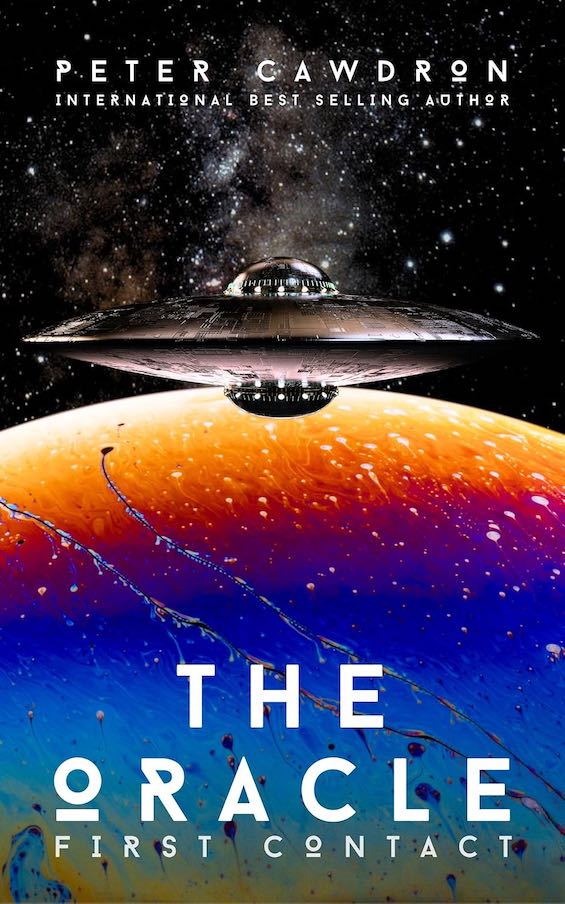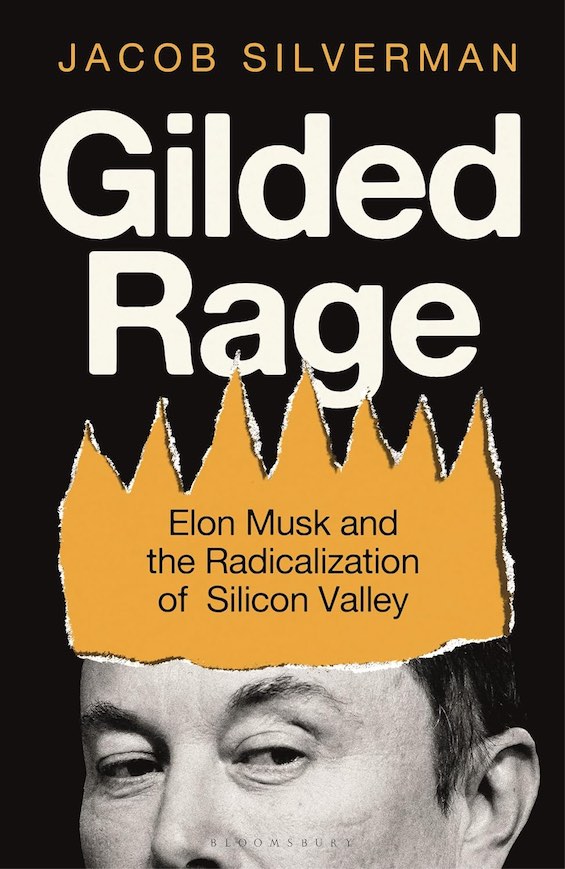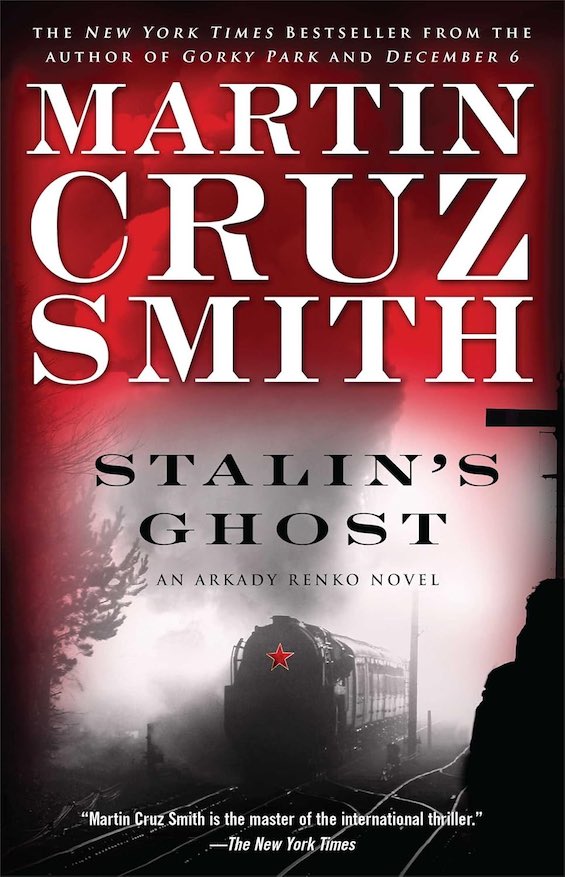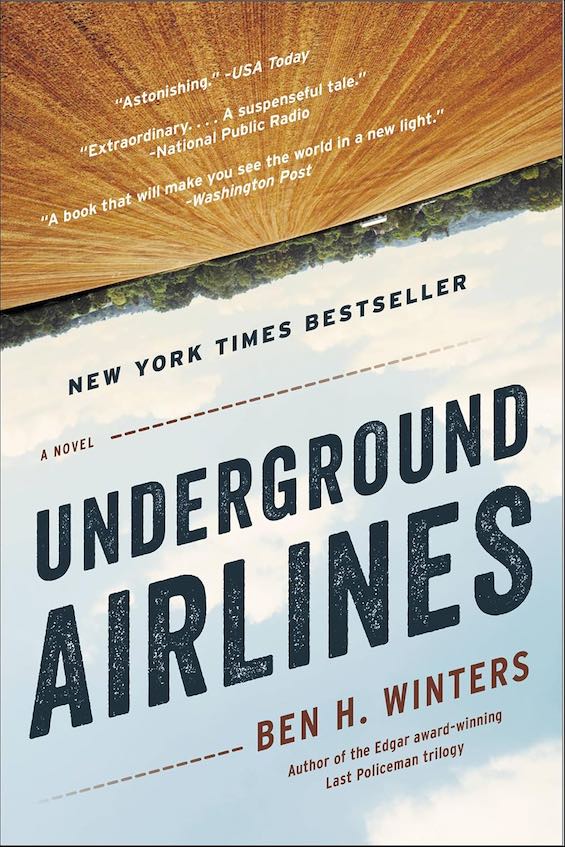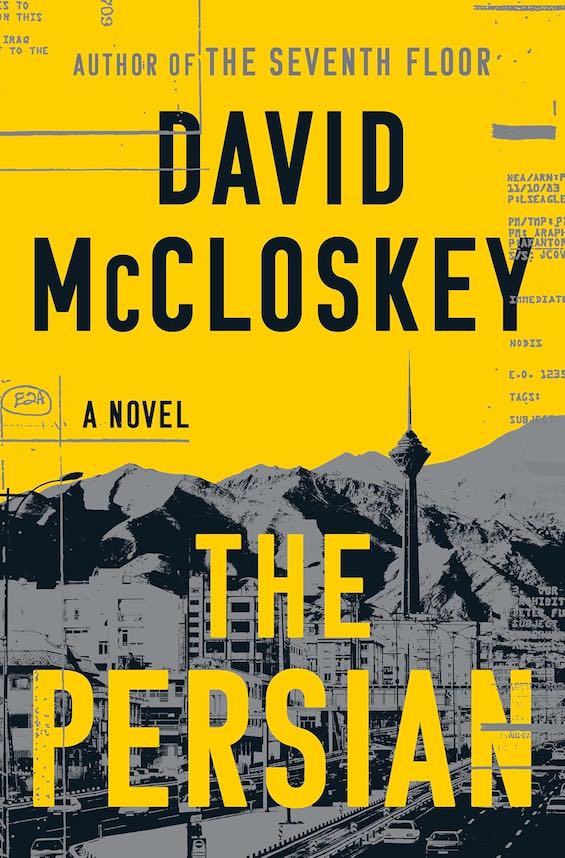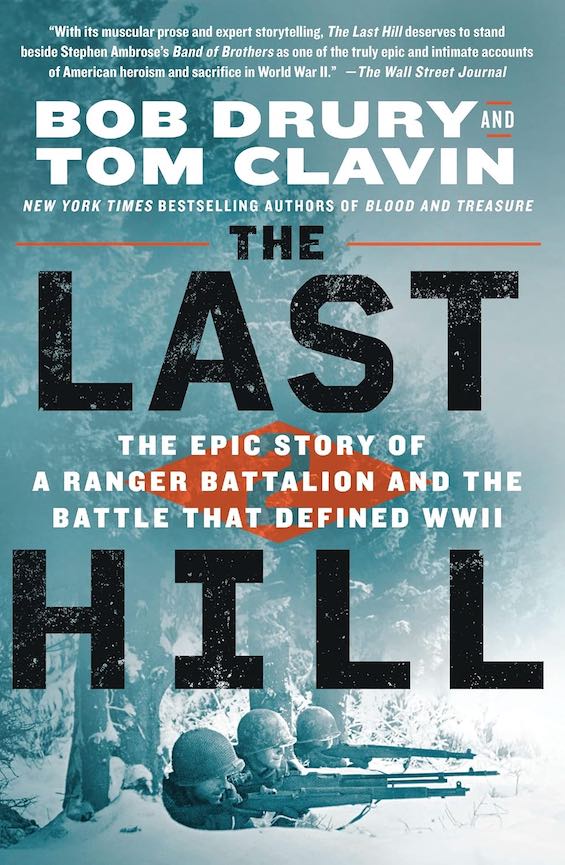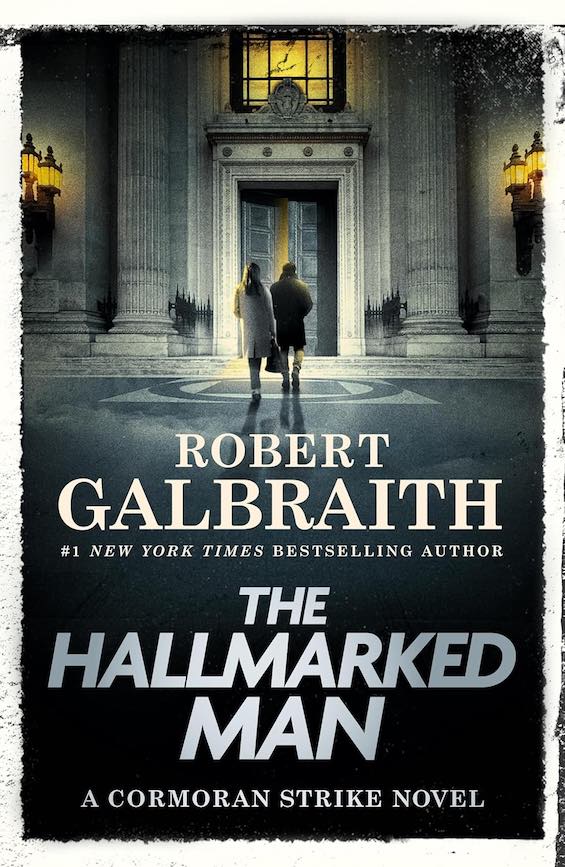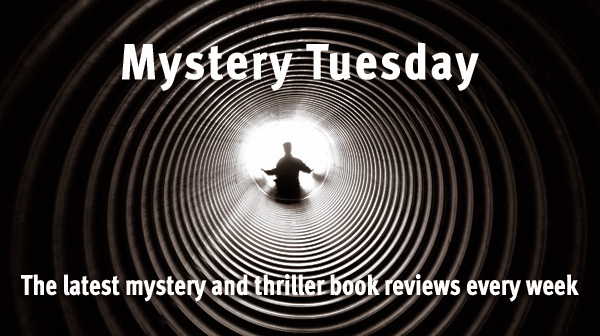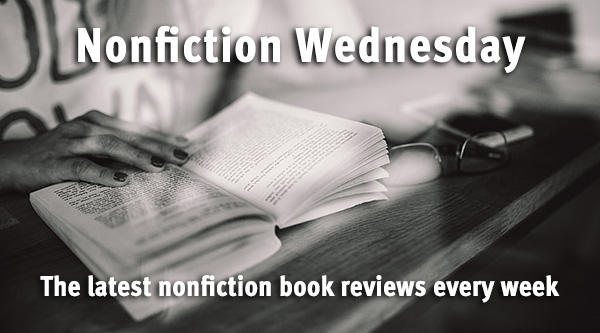Alan Furst writes deeply engrossing novels of suspense about espionage in Europe in the years leading up to and during World War II. Mission to Paris, the 12th of these books, is good enough to satisfy the most exacting fans of Eric Ambler and Graham Greene. It’s difficult to accept the fact that Furst grew up on the Upper West Side of New York City and now lives nearby in Sag Harbor. He lived in Europe (Paris, actually) for only a limited period, seemingly far too short a time to explain the convincingly European sensibility of his work. But it shines brightly in this excellent novel about WWII espionage.
A war movie, espionage, and a love story
An Austrian-born Hollywood film star named Fredric Stahl is the protagonist of Mission to Paris. The title is ironic, as Stahl has come to Paris at the behest of Jack Warner to star on loan to Paramount Pictures in a war movie. As production on the film slowly commences, Stahl becomes increasingly attracted to the German emigré seamstress who creates the costumes for the movie. Soon he finds himself starring in his own private love story. Meanwhile, Nazi operatives are intent on enmeshing the resolutely anti-Nazi Stahl in their propaganda machine. As the action unfolds, the two story lines intersect, endangering both Stahl and his lover.
Mission to Paris (Night Soldiers #12) by Alan Furst (2012) 266 pages ★★★★☆
In the shadow of Kristallnacht and Munich
When the story opens, it is late in 1938, with Europe on the brink of war. Chamberlain’s capitulation at Munich and the tragedy of Kristallnacht unfold in the background. They’re occasional subjects of conversation and concern. Meanwhile, the French are engaged in heated debate about proposals from the Left to rearm the country in the face of inevitable German aggression, with sometimes violent opposition from the Right and the Nazi underground. Mission to Paris draws to a satisfying close shortly before Germany’s invasion of France in June 1939.
Mission to Paris, like the others in the Night Soldiers series, features some among a lengthy cast of characters who may crop up from time to time in the story. Occasionally they fill major roles, but usually they’re more akin to spear carriers.
An AI’s summary of the novel
For a fuller picture of the novel, I turned to my AI buddy, Claude. That’s Claude-AI, Version Sonnet 4. What follows is verbatim except that I’ve deleted the URLs Claude inserted as links to sources and added two subheads to make the reading easier.
Mission to Paris is a historical spy novel set in the late summer of 1938, as Europe teeters on the brink of World War II. The story follows Hollywood film star Fredric Stahl, who travels to Paris to make a movie for Paramount France. The Nazis know he’s coming—a secret bureau within the Reich has been waging political warfare against France, and for their purposes, Fredric Stahl is a perfect agent of influence.
A perfect agent of influence—but not for the Nazis
What the Nazis don’t know is that Stahl, horrified by the Nazi war on Jews and intellectuals, has become part of an informal spy service run out of the American embassy. As an Austrian-born actor who has witnessed the growing menace of fascism, Stahl finds himself reluctantly drawn into the shadowy world of espionage and political intrigue.
The novel features an array of compelling characters, including the German Baroness von Reschke, a famous hostess deeply involved in Nazi clandestine operations; the assassins Herbert and Lothar; the Russian film actress and spy Olga Orlova; the Hungarian diplomat and spy, Count Janos Polanyi; and the magnetic women in Stahl’s life, the socialite Kiki de Saint-Ange and the émigré Renate Steiner.
Living as though the party would go on
At the center of the novel is the city of Paris—its bistros, hotels grand and anonymous, and the Parisians, living every night as though it were their last. The story unfolds across various European locations, from the glittering salons of Paris to film sets in Damascus and Budapest, and even includes a chilling glimpse of Kristallnacht in Berlin.
Furst captures the atmosphere of pre-war Europe, when responding to a knock might open the door to the end of one’s days, creating a tense thriller that combines romance, suspense, and the moral complexities of a world sliding toward catastrophe.
About the author
Alan Furst has written 21 historical spy novels. Fifteen of his books comprise the Night Soldiers series, which depicts espionage in Europe in the just before and during World War II. Most of the action takes place in Eastern Europe. Born in Manhattan in 1941, Furst earned a BA from Oberlin College and an MA from Penn State. Before writing his first novel in 1983, he wrote magazine articles and worked in advertising and journalism. His most recent book appeared in 2019.
For related reading
This book is included in The evocative Night Soldiers series from Alan Furst.
My posts 5 top nonfiction books about World War II and The 10 best novels about World War II may also interest you.
You might also enjoy my posts:
- The 15 best espionage novels
- Good nonfiction books about espionage
- The best spy novelists writing today
- Top 10 mystery and thriller series
If you enjoy reading history in fictional form, check out 20 most enlightening historical novels. And if you’re looking for exciting historical novels, check out Top 10 historical mysteries and thrillers reviewed here.
And you can always find the most popular of my 2,400 reviews, and the most recent ones, on the Home Page.

